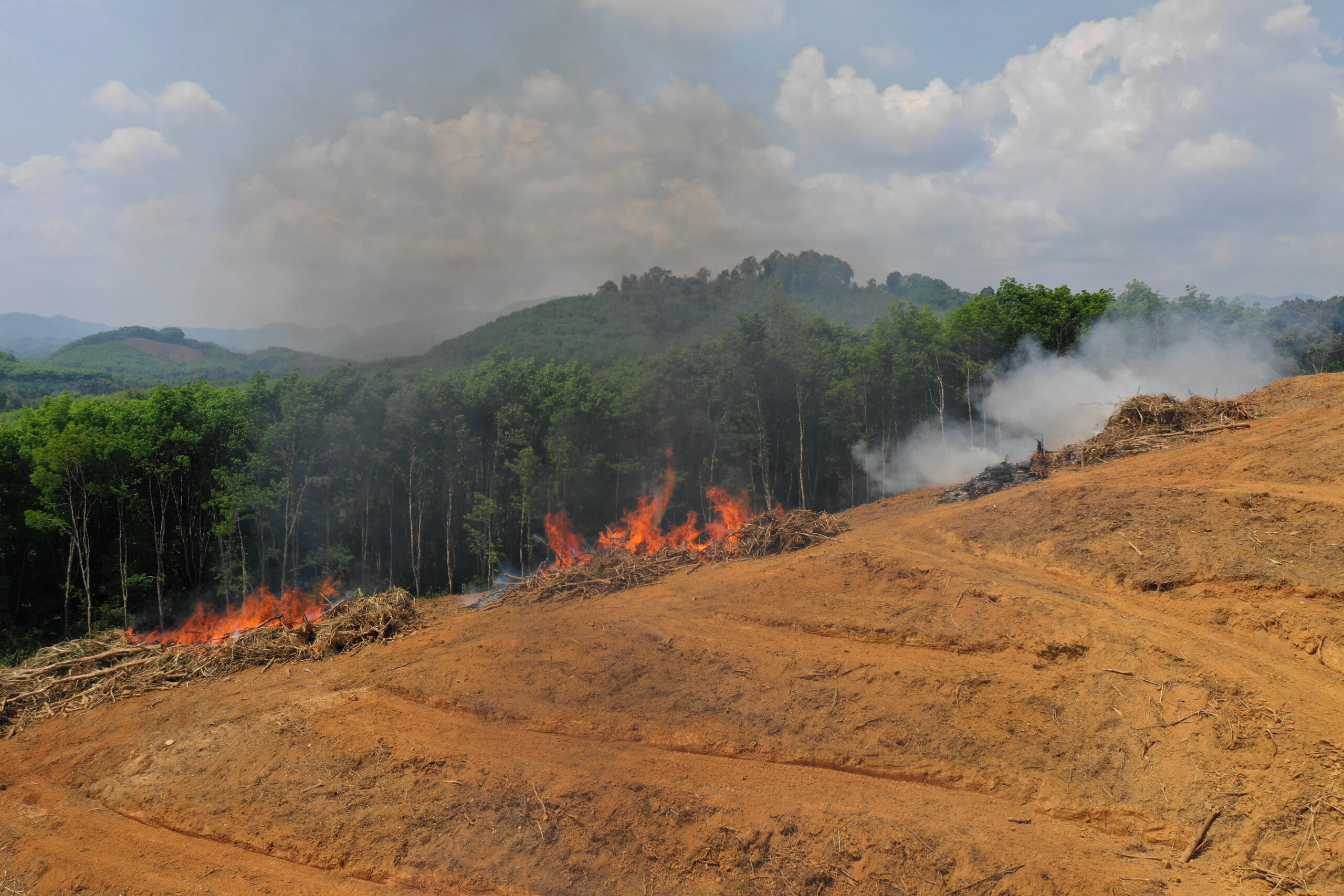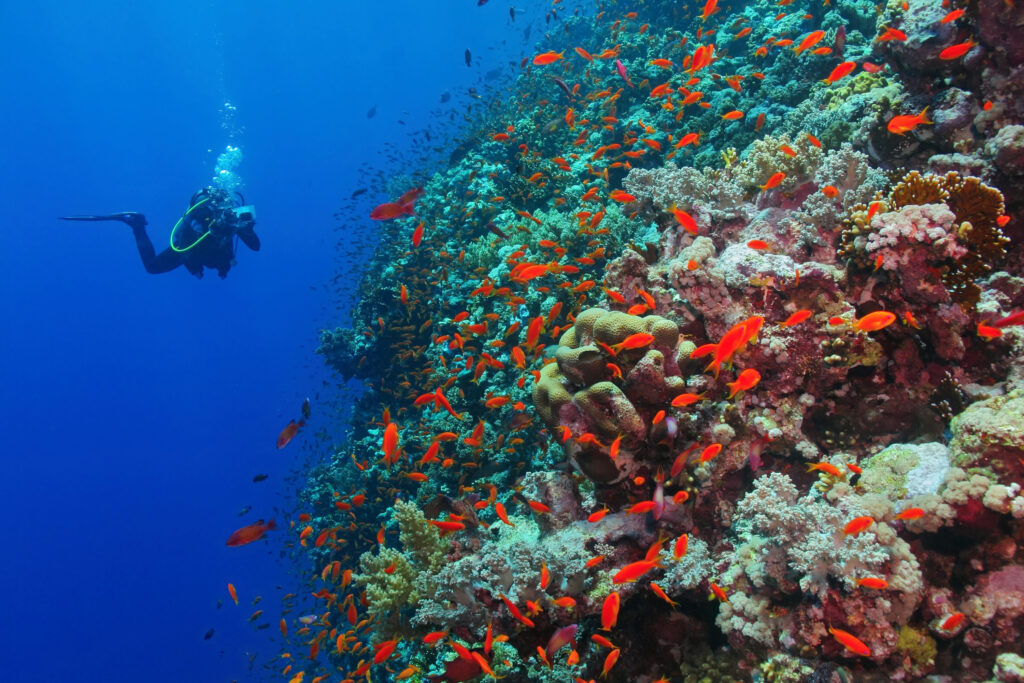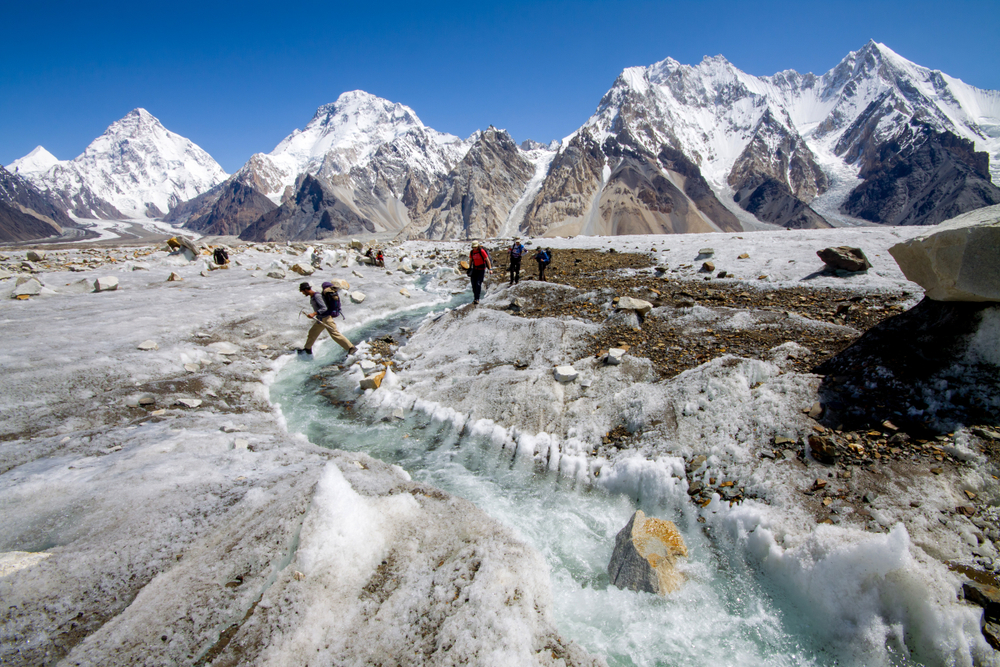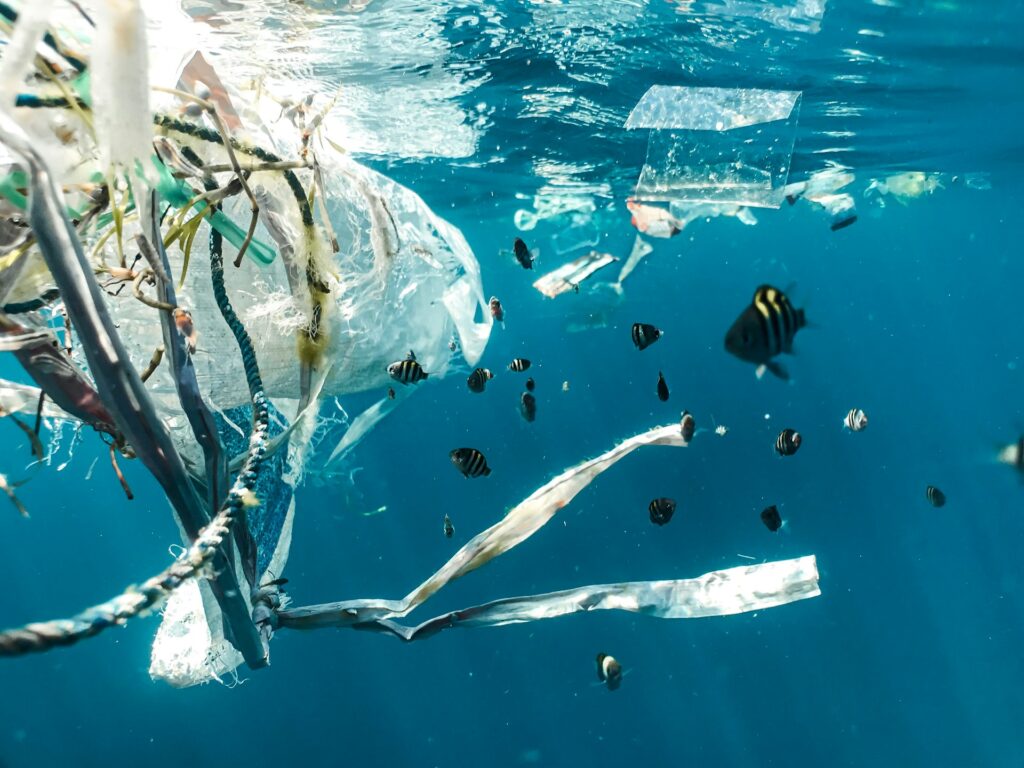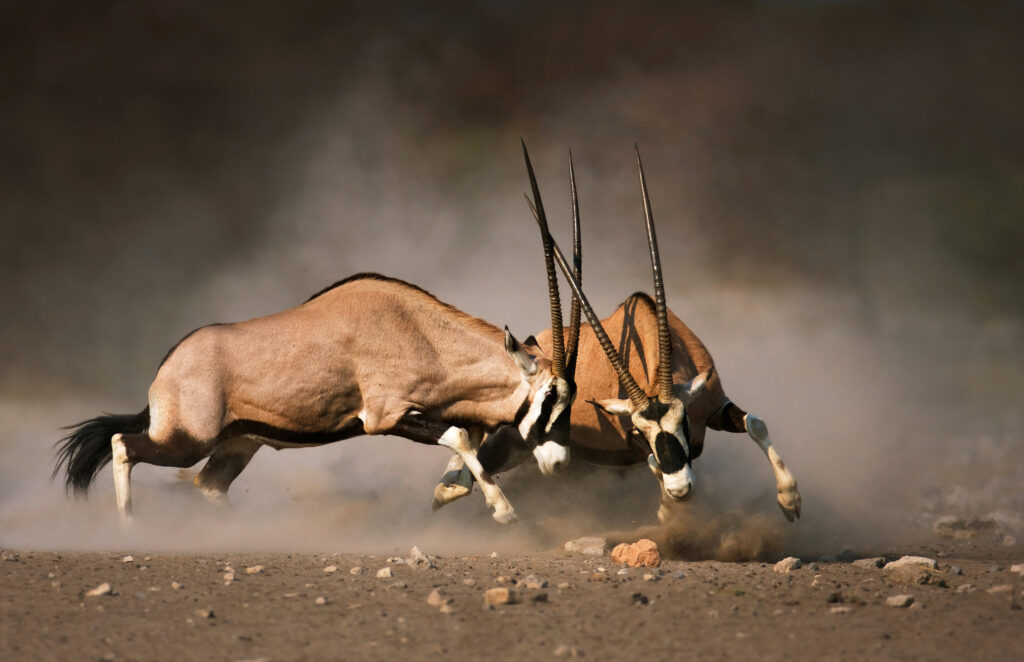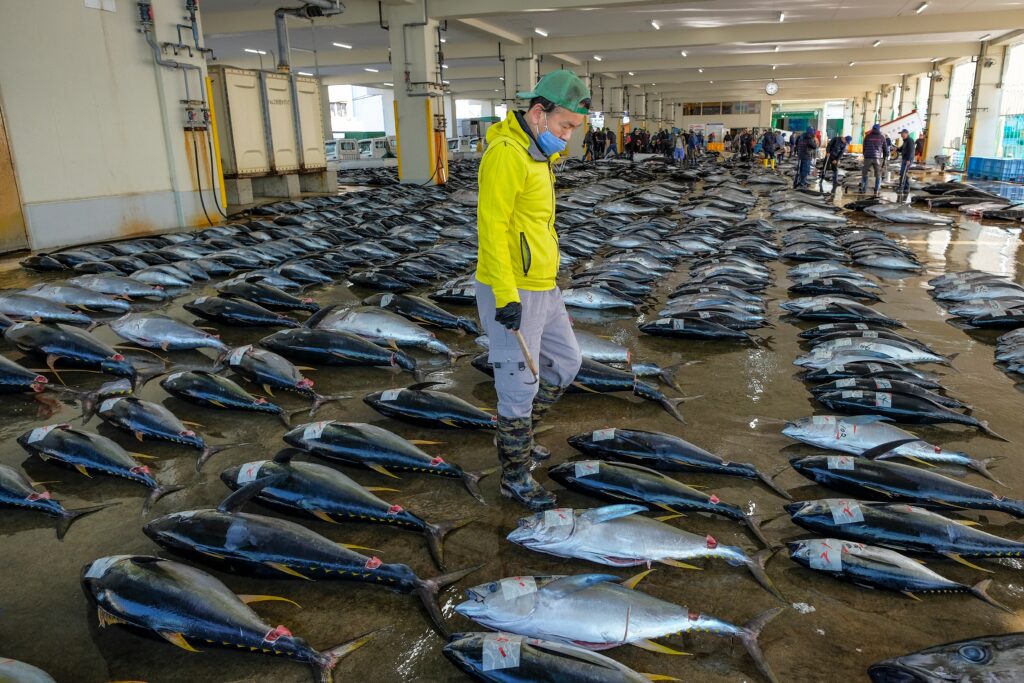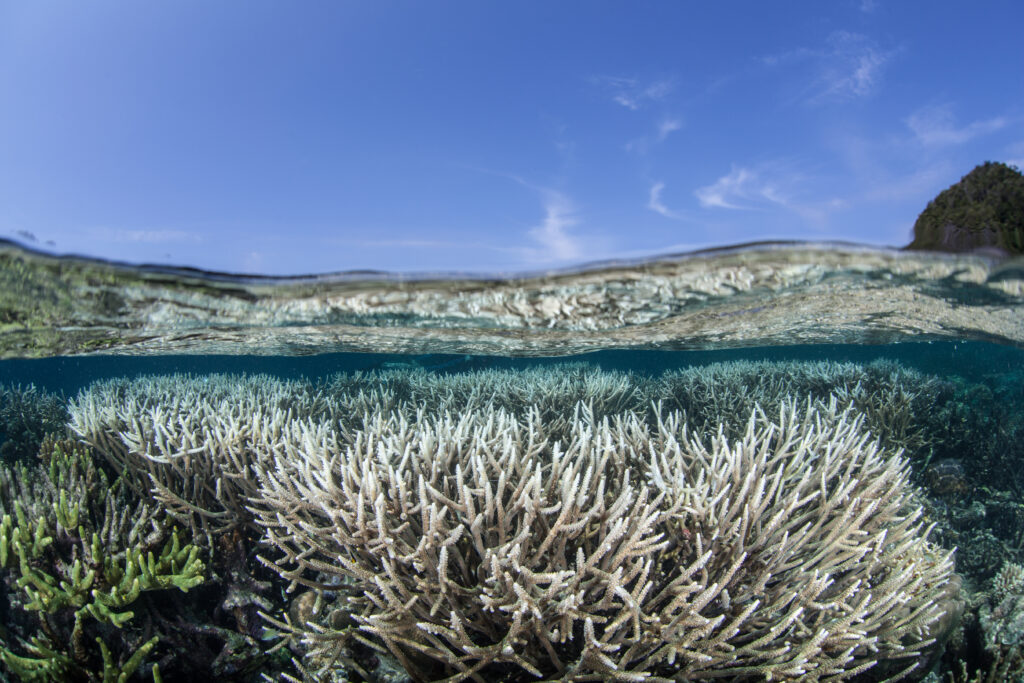Home to tens of thousands of species, Indonesia’s rainforest areas are the third largest in the world. They encompass mangroves that protect coastlines from erosion and severe storms. And they contain 50% of the world’s tropical peat swamps. These fragile ecosystems purify water and store 30% more carbon than the country’s entire forest biomass.
Altogether, Indonesia’s forests absorb a vast amount of carbon, estimated at 113.18 gigatonnes. They’re also a lifeline for local communities and industries. But, these forests continue to be cut for palm oil, timber, pulp, rubber and now, woody biomass to make electricity.
Rampant Deforestation in Indonesia
Today, Indonesia’s forests span 960,000 square km, or 51.2% of the country’s total land area. In the 1980s, the country had 1.47 million square km of forest area. This means that within 50 years, it had lost more than 500,000 square km of forest. From July 2021 to June 2022 alone, Indonesia lost over 1,000 square km of forests — an area two-thirds the size of London.
The expansion of oil palm plantations has been a major driver of deforestation in Indonesia for the past 20 years. In this period, oil palm expansions accounted for one-third of the country’s loss of old-growth forests.
Hans Nicholas Jong, a Jakarta-based environmental journalist at Mongabay, says that the expansion of the industry has never been controlled. “We don’t have any cap on how big the palm oil industry can grow. With this rapid expansion comes deforestation,” Jong said in a podcast interview with Climate Impacts Tracker Asia.
Environmental Issues in Indonesia in 2024
Cultivating oil palm not only contributes to global warming but could be detrimental to the environment. Fertilisers and pesticides used in oil palm plants inevitably wash away, contaminating fresh water.
“This water ends up in river streams and in the ocean. It makes it difficult for local communities to use the water, which they rely on for their daily lives,” said Jong, who recently won the 2023 SEAL Environmental Journalism Award.
Lately, some Indonesian farmers have been shifting to organic alternatives following the government’s halt on palm oil chemical fertiliser subsidies.
Drive for Biofuels Creates Problems in Indonesia
Indonesia is the world’s largest producer and exporter of palm oil, but it’s also one of the commodity’s largest markets. “Last year, we produced around 45 million tonnes of palm oil. From that figure, we consumed less than half, about 18 million tonnes, which is still a lot,” noted Jong. Over half of this domestic consumption was used for producing biodiesel and oleochemicals.
In February 2023, Indonesia raised compulsory palm oil-based biodiesel blending from 30% to 35%, the highest in the world. It plans to raise it to 40% in the next few years to reduce reliance on imported diesel. This aggressive push for greater adoption of palm-based biofuel may lead to increased pressure on Indonesian forests.
Coal-to-Biomass Transition: Another Environmental Issue in Indonesia
Meanwhile, Indonesia’s coal-to-biomass transition is another source of concern, as it will threaten more than 10,000 square km of rainforest. The government plans to make the co-firing of biomass in power stations mandatory as part of its efforts to phase out coal power plants. It also aims to increase the portion of biomass burned in coal plants to 10%. This will require 9 million tonnes of biomass annually, the bulk of which would have to come from large-scale forest plantations.
“Indonesia is gearing up to develop its biomass industry. Recently, the government changed how forest licensing works. We now have a forest license that’s universal. Once you have that, you can start doing a lot of activities in your concession. For example, you can establish ecotourism. You can cut down trees and sell the timber, and you can develop biomass,” said Jong.
Simplifying the licensing process will pave the way for the development of the biomass industry, he said. “Right now, the biomass industry is still small compared to other industries like palm oil and pulpwood. The main issue is what will happen to all these forests once the biomass industry really starts kicking into high gear.”
Deforestation in Indonesia and Community Conflicts
Indonesia has already granted PT Biomass Andalan Energi a 36-year concession on Siberut Island. This will allow the company to cut down 200.3 square km of rainforest and replace them with biomass plantations. Several petitions called on the government to revoke Biomass Andalan’s permit. They alleged it had acquired its permit without obtaining the consent of local communities.
“There are a lot of conflicts lingering between Indigenous communities and companies in Indonesia. A lot of them remain unresolved. The communities, though they have lived on those lands for many years, in many cases don’t have legal certificates. So, it’s quite difficult for them to defend their land rights to the companies and also to the government,” explained Jong.
“At the same time, it’s quite easy for companies to get permits from the government. This disparity between communities and companies in terms of the easiness for them to get legal certificates has fuelled all these conflicts.”
There are now over 4,000 land conflicts sparked by the rapid spread of oil palm plantations throughout Indonesia. Based on Jong’s reporting experience, only a few cases have resulted in communities retrieving their land rights. “This is because if they go to court, it’s a very lengthy and costly process. Sometimes, the judges will side with companies. Again, because these Indigenous communities don’t have legal certificates, it’s hard for them to argue their cases in front of the judges,” said Jong.
What Is Indonesia Doing for the Environment?
There is still hope when it comes to reversing deforestation. For a start, Indonesia has committed to making its forest lands a net-carbon sink by 2030.
Moreover, the government plans to restore 2,000 square km of oil palm plantations that are situated in forest areas. Companies will have to return these plantations to the state to be converted back into forests and will pay a fine for forest encroachment.
Indonesia is also under international pressure to reduce deforestation. For instance, the EU’s new deforestation law will make it harder for Indonesia’s palm oil to enter European markets. The regulation prohibits imports into the EU of commodities sourced by clearing forests.
The launch of Indonesia’s first carbon emissions trading market in September 2023 is another positive development. The opening day witnessed the trading of 13 carbon credits of nearly 460,000 tonnes of CO2 equivalent from geothermal projects.
“The Indonesian government is quite excited about the prospect of carbon trading,” concluded Jong. “This is because as a country, we have a lot of carbon stored in vast areas of rainforest. So, I think the government sees carbon trading as something that has huge potential to generate income for the country.”
Heba Hashem
Journalist, Dubai
Heba is an Arabic and English-speaking freelance journalist based between the United Arab Emirates and Canada. She covers stories about business, renewable energy, climate change, finance, technology, real estate, food production, lifestyle and arts and culture.
Heba is an Arabic and English-speaking freelance journalist based between the United Arab Emirates and Canada. She covers stories about business, renewable energy, climate change, finance, technology, real estate, food production, lifestyle and arts and culture.

